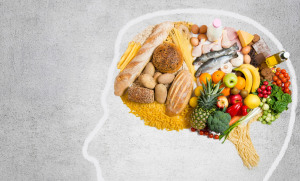Since the start of the COVID-19 pandemic, 52 per cent of Australians say they now have a higher preference for Australian-made products, while nine in 10 (89 per cent) believe Australia should be producing more products locally, according to new data from Roy Morgan.
The preference for Australian-made products was also high before the pandemic, with research in January finding 88 per cent of Australians were more likely to buy products made in Australia.
The most recent research from Roy Morgan outlined the motivations for local manufacturing, which included:
- reducing Australia’s reliance on other countries (38 per cent),
- creating jobs (26 per cent),
- supporting Australian business and industry (26 per cent),
- safeguarding vulnerable international supply chains (20 per cent), and
- strengthening Australia’s economy (16 per cent).
Australian Made CEO Ben Lazzaro said the research demonstrated how Australians were placing priority on manufacturing self-sufficiency and job creation, as well as a renewed appetite to “address the imbalance between locally made and imported products”.
“The many benefits of buying Australian Made have been brought into sharp focus recently, as Australians navigate and adapt to a dramatically changed way of living,” Lazzaro said.
“Not only do our local makers produce products made to some of the highest quality and safety standards in the world, but they also create economic activity and employment opportunities.”
The renewed focus on buying Australian-made has also led to more Australians to check labelling, with 43 per cent of Australians now more likely to look for country of origin labels on products, according to Roy Morgan research.
“As Australia’s only registered country of origin certification trademark, the Australian Made logo is the true mark of Aussie authenticity,” Lazzaro said.
“For more than 30 years, the logo has helped thousands of brands communicate their Australian credentials to consumers, businesses and all levels of government. It does this instantly and clearly, making it a powerful sales and marketing asset for authentic Aussie brands, and a helpful shopping aid for consumers around the globe.”
In August, the government announced it was evaluating Australia’s country of origin food labelling since its new measures came into effect in 2018, which aim to help identify where food is grown, produced, made or packed.






